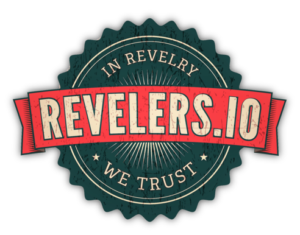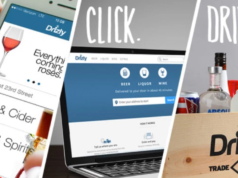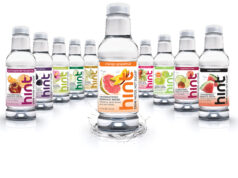Millennials continue to be in vanguard of industry trends (BevIndustry).

With Chicago-based Mintel reporting that millennials — those born between 1977 and 1994 — account for 24 percent of the U.S. population, it stands to reason that brand marketers would be eager to tap into the spending potential of the U.S.’s largest generational group.
“This generation is a key marketing target because they are aging into their prime earning and spending years and starting to reach milestones (getting married, buying homes and having children) that will have them reconsidering how they make purchases,” the market research firm states in its June 2017 report titled “Marketing to Millennials – US.”
For brand owners within the consumable consumer packaged goods (CPG) and foodservice industries, this impacts not only the food and beverage products being developed, but also how to communicate with this generation.
“At its core, social media started as a way to connect friends online,” Mintel’s report states. “However, in the hands of millennials, social platforms provide a variety of other functions.”
For example, 27 percent of millennials stated social media is good platform for brands to reach them. On an index to average measurement (noting that an index of 100 equals average), millennials index at 147 on this statement. These results were based on 712 Internet users aged 23-40, who were part of 2,000 user-polled groups 18 and older that were surveyed online by Lightspeed/Mintel.
“Millennials are more likely than the average to use social media to connect with brands and improve their career or job prospects,” Mintel states. “Younger millennials (aged 23-30) are the segment driving these behaviors, reflecting a commonality with older members of the iGeneration.”
Millennials attitudes about brand engagement are prompting brand owners to explore new avenues when it comes to marketing tactics.
“Like all consumers, millennials don’t trust advertising, and they hate it,” says Tom Ajello, global chief creative officer, and Erich Joachimsthaler, chief executive officer and founder of New York-based Vivaldi. “We find that a unique combination of what we call the power of the six Cs works: connection, collaboration, crowd, conversation, commerce and communications. This model makes the consumer a participant in creating the value for them. They become an active part in the brand’s conversation.”
Ajello and Joachimsthaler expand upon this participation with more specific examples. “They look for content that is authentic and personal; short videos, user-generated better than marketer generated, telling a story better than messaging,” the two explain. “Targeting has to be highly personalized, they grew up with product reviews and social tools to share opinions before committing to purchase. Behavior is very tribal (crowd), like-minded consumers that are networked.”
Finding the right outlet in which to market to millennials could be vital to brand owners as Mintel reports that the generation still remains ahead of the curve when it comes to the latest trends.
“Even as they age, millennials are clearly still at the forefront of trends, with data showing they are more likely to agree that social media, tracking of personal data, remote working arrangements, and personalized advertisements have a positive impact on their lives,” the report states. “The data continues to support the recommendation that marketers trying to gain acceptance for new business models, new technologies and even new communication strategies may want to start with a millennial target.”
Although the market research firm notes that millennials could become regimented as they age, the generation still remains a solid testing ground when it comes to industry trends.
Healthy Attitudes
Although digital technologies and services commonly are linked to millennials, many analysts also will highlight the impact this generation has had on the food and beverage industries and ultimately, retailers and foodservice providers.
“Our 2016 report, ‘Foodways of the Younger Generations – Millennials & Gen Z,’ found that millennials can tell ‘good’ food from ‘bad’ food and as a group have been well-schooled in healthy eating habits,” says David Wright, senior marketing manager at The Hartman Group, Bellevue, Wash. “As a digital generation, they have an amazing amount of information at their fingertips. They continue to grow their knowledge through friends and a variety of media channels. Like older age groups, millennials who have ventured out on their own (living away from home) are focusing on foods that are minimally processed, organic, with simple and recognizable ingredients.”
This is similar to the coming-of-age years of Generation X and baby boomers. “Millennials tend to look like older cohorts (Gen X, boomers) when it comes to health and wellness,” he says. “Those who have ventured out to live on their own are more interested in developing healthy eating and exercise habits and tend to say they looking for healthy, less processed food.”
However, millennials who still live at home with their parents can be the exception to this as they will pursue convenience and indulgent treats, similar to iGeneration teens, Wright says. In general, millennials view their eating habits as healthier compared with previous generations. However, family dynamic does impact meal choices for millennials.





